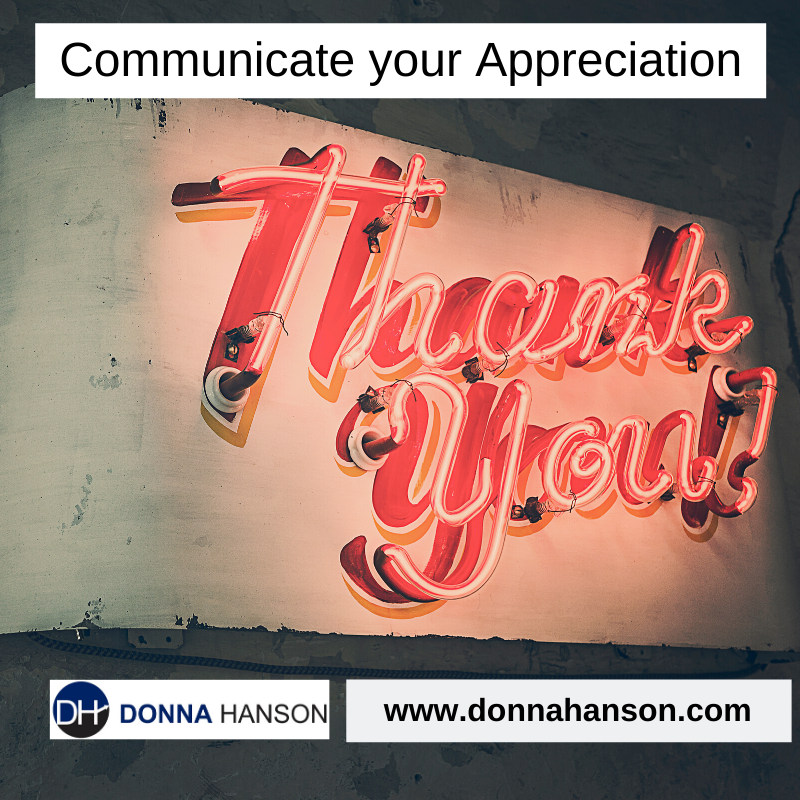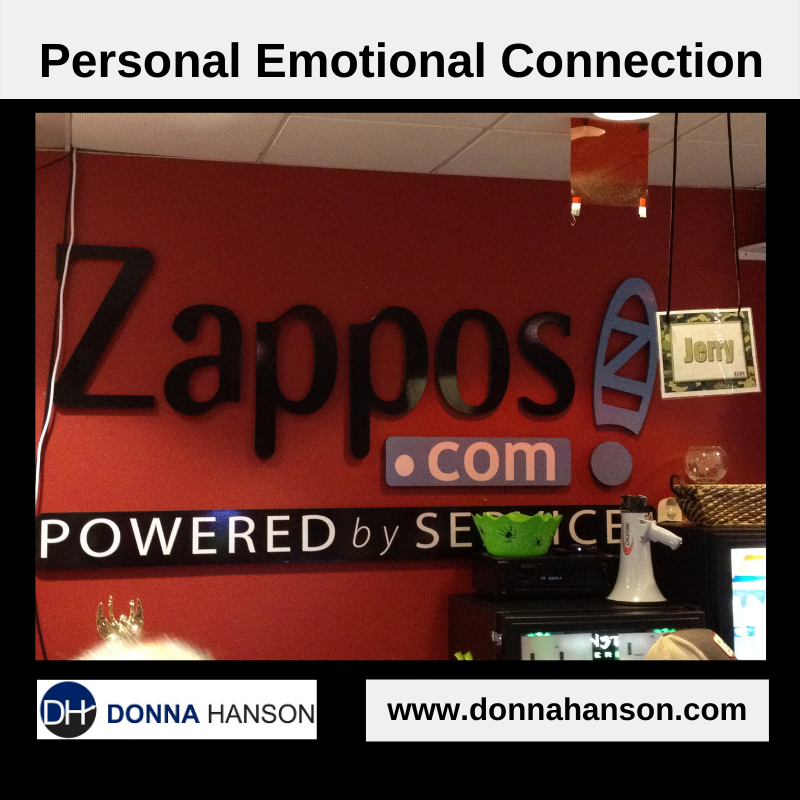The Power of a Mastermind
The concept of a mastermind has been around for centuries. Our predecessors shared stories of events and activities with others which were passed down over generations. Napoleon Hill, author of Think and Grow Rich credited the principle which he first learnt about from Andrew Carnegie, as a key to success in business. It is common in business today, collaboration groups for business owners such as BNI (Business Networking International), executive teams and boards. However, the principle itself has been largely overlooked as a tool to be utilised elsewhere in organisations to aid in support, collaboration, engagement and retention of staff. …
Communicating your appreciation
According to a study by Hays Recruitment1, 40% of Australians plan to change jobs this financial year. Many people think money is the main reason people leave, whilst it was 41% in this survey, other reasons cited included lack of promotional opportunities (53%), lack of new challenges (42%), poor training and development and poor work-life balance both at 27%. So, how can you provide challenge, training and development opportunities and work-life balance for your team? What are you, or SHOULD you be doing to communicate how much you value your team members? https://www.hays.com.au/press-releases/HAYS_2048450 Donna Hanson works with organisations to unlock …
Productivity Transformation
Whilst recently tidying up some paperwork, I came across a 1990 to current day timeline I’d put together of world events and technology changes. A range of incidents and activities have changed how we see the world and how we do business. We’ve seen transformation in energy as we look to sustainable alternatives such as wind and solar, as well as significant transformation in technology. From mobile (cell) phones, to smartphones, apps and cloud computing, how we use, access and leverage technology has transformed, but personal productivity hasn’t necessarily increased. Which raises the question…Why do we seem to be doing …
Change is inevitable
We all view life through a lens. We have habits and processes. They provide us with structure, consistency and security all things human beings desire. But when the lens through which we view life alters, it can be challenging. For many of my clients this may be the introduction of new software, the acquisition of a new manager or organisational downsizing. When we create a change for ourselves, it’s easy, because we chose it. When it is thrust upon us, we can be caught off guard, and if we cannot immediately see the positive, we default to a defensive approach. …
Are you effective?
I’m often asked by clients why people don’t respond to their email messages. There are many things we do in haste that mean we aren’t as effective as we could be with email communications. Here are my top 3 tips to get a response to your emails. Minimise the use of email. – Tones and body language, you normally experience in face to face conversations are lost in emails. This can result in miscommunication, frustration and delays in responses. One of the best tips I learnt when I spent 18 months delivering an email management program to Microsoft staff in …
Personal Emotional Connection
When teams are connected and feel part of a plan, or like a family they are more productive. When in Las Vegas several years ago, I went on a tour of a company called Zappos. Zappos (Spanish for shoe) are renowned for their fun culture, “family” style environment and amazing staff retention. Primarily an online retailer, Zappos induction process is lengthy and at the end, staff are incentivised to exit the business if they feel they aren’t a “fit” for the culture. Zappos figure it is cheaper to have someone exit the business early, than to exit the business in …
Circle of Trust
When I ask audiences what they do when they don’t know how to do something in Excel, Word or PowerPoint, the answer I hear 99.99999% of the time is “I just Google it!” Whilst one of the benefits of technology is the volume of information available to us to answer our questions with a few keystrokes, it’s also one of its downfalls. Amongst all the data, finding the answer you need in a context that is relevant to you, can produce slim pickings. An alternative I ask my audiences to consider is the Circle of Trust concept. The Circle of …
The compounding benefit of improvement
Every year I invest in my own professional development. Coaching, mentoring or learning from experts who can help me become better than I was yesterday, last week and last year. One of my resources is US consultant Alan Weiss (www.alanweiss.com). I’ve invested in attending several of his programs in Australia and the US as well as purchasing books and access to many of his resources. Alan’s The Tools for Change:1% Solution® says that if you improve by 1% a day, in 70 days you are twice as good. I was working with a CEO of a machinery rental company when …
Drowning in Data?
According to Harvard Business Review’s The Workplace Evolution Pulse Survey1 “Employees are often either drowning in data and content or don’t know where to find it. In a large organization, knowledge may be hidden in hundreds of different systems or emails or documents.” Whilst enterprise collaboration tools such as Microsoft Teams, Slack or Asana help containerise content, unless staff know, and are regularly reminded, where to look, they will continue to lose hundreds of hours looking for the information they need. When one of our clients first purchased access to our on-line knowledge bank of resources, their intent was …
Productivity Bahamas Style
I joke in my presentations about Productivity, Bahamas style. I use it in the context of the volume of work we deal with in today’s business world and what happens when we have a pleasurable deadline looming. Productivity Bahamas style is the ability we miraculously acquire prior to going on a holiday. It is the ability to easily determine the MUST be done before you leave tasks and activities and isolate those that can wait until your return. But what if we applied it every day? When working with clients I often hear of processes that staff do a certain …











